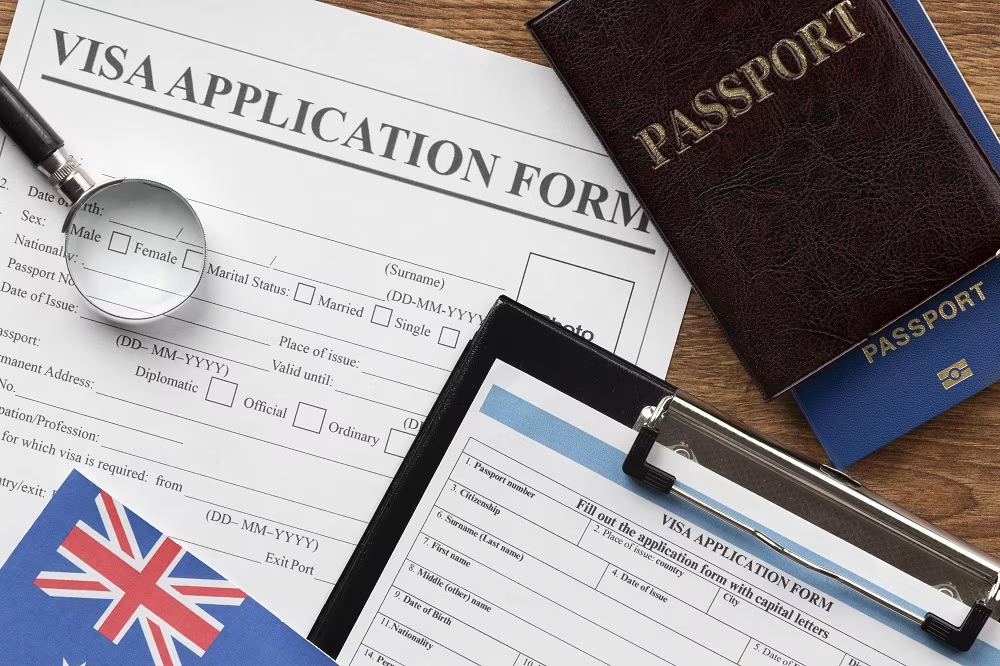 1 June 2025
1 June 2025
Several specific visa categories will be significantly affected by the new Australian immigration changes starting July 1, 2025. Below is a detailed breakdown of the key visas impacted and how they will change:
What’s changing?
The 482 visa will be phased out and replaced by the new 3-tiered "Skills in Demand" visa.
Who’s affected?
Current 482 holders may transition to the new system upon renewal.
Lower-paid workers (e.g., hospitality, retail) may no longer qualify.
What’s changing?
TSMIT increase to $73,150 (employers must pay at least this).
Faster PR pathway: 2 years (down from 3) for 482/494 visa holders.
Who’s affected?
Employers sponsoring workers in mid-to-low salary roles.
Workers needing PR after employer sponsorship.
a) Subclass 189 (Skilled Independent Visa)
b) Subclass 190 (State Nominated Visa)
c) Subclass 491 (Regional Visa)
What’s changing?
Updated points test: More points for PhDs, regional jobs, younger applicants.
Fewer points for applicants over 40.
Higher English requirements (e.g., IELTS 6.5+).
Who’s affected?
Older applicants (40+) may struggle to qualify.
Those without strong English or higher education.
What’s changing?
Stricter English requirements (higher IELTS/PTE scores).
Work rights may be tied to skills shortages (e.g., STEM grads get more flexibility).
Who’s affected?
Students in non-priority fields (e.g., business, hospitality) may face restrictions.
What’s changing?
PR pathways adjusted based on skills demand.
Possible reduction in work rights for non-critical fields.
Who’s affected?
Graduates in oversaturated fields (e.g., general business).
What’s changing?
Higher fees but faster processing (~3 years instead of 5+).
Who’s affected?
Families who can afford the increased costs.
What’s changing?
No major changes, but waiting times remain 10+ years.
Who’s affected?
Those unwilling/unable to pay for contributory visas.
What’s changing?
Higher application fees (estimated ~$9,500, up from $8,850).
Stronger scrutiny on genuine relationships.
Who’s affected?
Couples applying after July 2025 (higher costs).
What’s changing?
Possible caps on extensions (to prevent long-term stays without PR pathways).
Who’s affected?
Backpackers wanting multiple years in Australia.
What’s changing?
No further extensions for most applicants.
Who’s affected?
Temporary workers relying on this visa must switch to another (e.g., 482 replacement).
| Visa Category | Key Changes | Who Should Act? |
|---|---|---|
| Subclass 482 (TSS) | Replaced by "Skills in Demand" visa | Workers & employers must check new salary tiers. |
| Subclass 186/494 | Higher TSMIT ($73,150), faster PR | Employers & sponsored workers. |
| Subclass 189/190/491 | New points test, stricter English | Skilled migrants must reassess eligibility. |
| Subclass 500 (Student) | Tighter work rights, higher English | Students in non-priority fields. |
| Subclass 485 (Graduate) | PR pathways tied to skills demand | Graduates in oversaturated fields. |
| Partner/Parent Visas | Higher fees, longer waits | Families budgeting for higher costs. |
Contact SDC Immigration lawyers for a personalised advice.